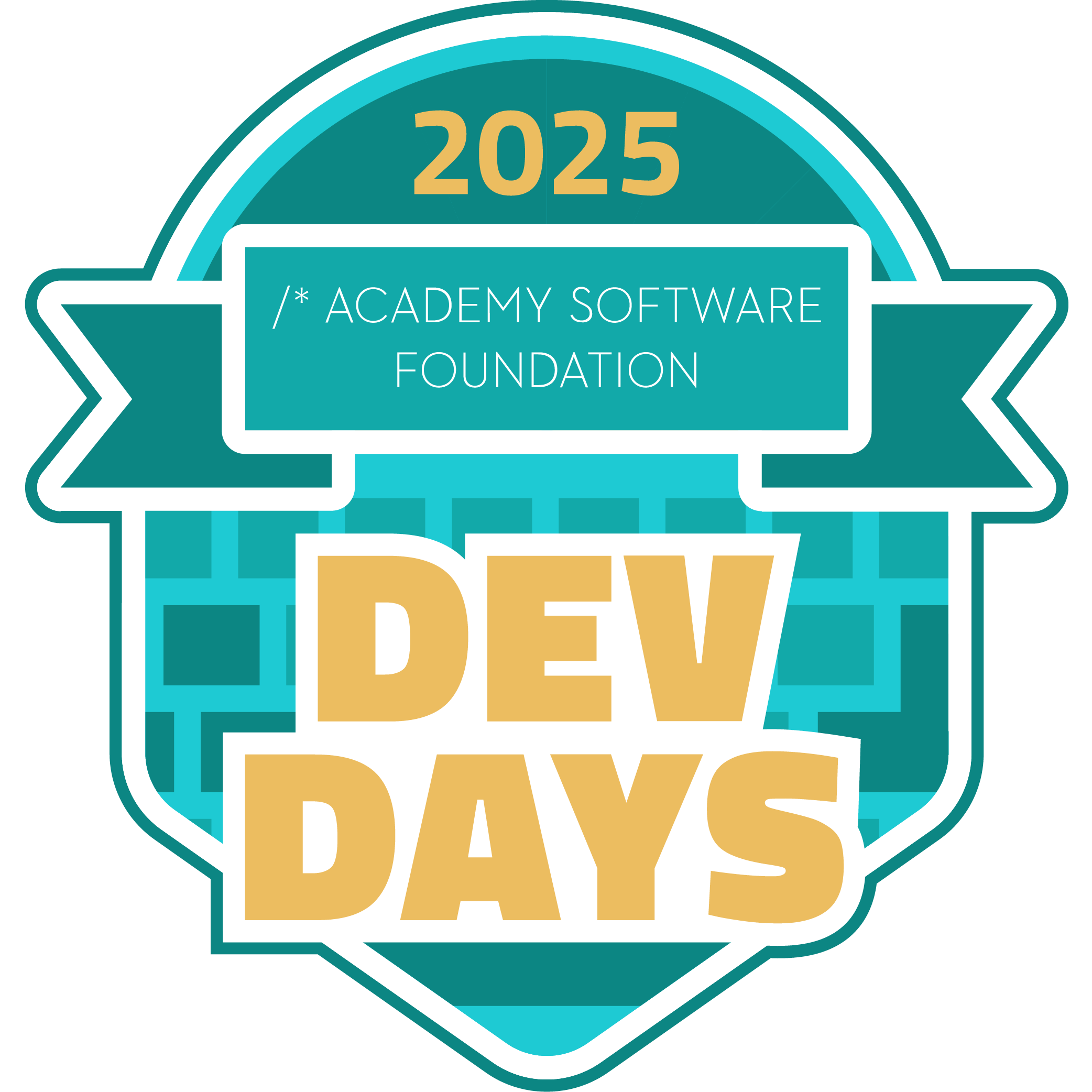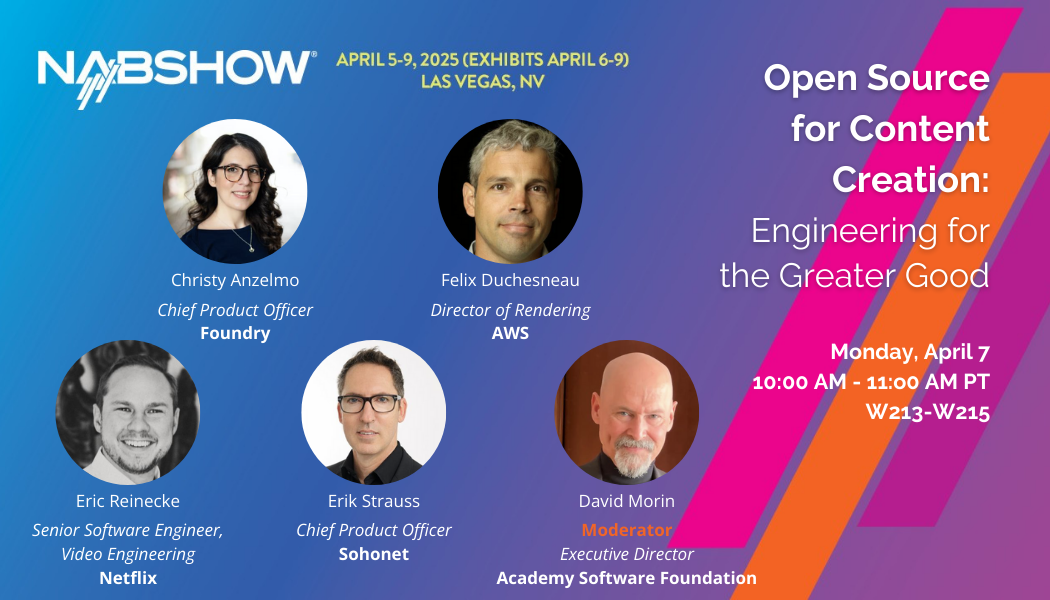Digital Production Example Library (DPEL), an Academy Software Foundation project that houses a library of digital assets and production-grade sample content, is excited to announce three new assets: Animal Logic ALab v2.2, Adobe OpenPBR Shader Playground, and AWS Airship.
DPEL grew out of the industry’s long-standing need for production-grade sample content in order to thoroughly test hardware and software in development and ensure that it can scale to the demands of the film and TV content creation process. Such content is normally locked inside each studio, with legal, copyright and policy barriers that make it difficult to distribute to developers, researchers and educators. By providing a vendor-neutral platform and a uniform license agreement, DPEL makes it easier for studios to contribute content that will be of value to the broader community.
Animal Logic ALab v2.2
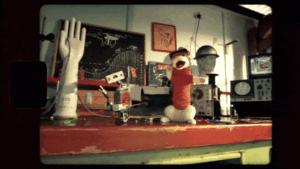
Animal Logic ALab
Derived from an internally produced project at Animal Logic, ALab is a full production scene that includes over 300 production quality assets, complete with high-quality textures and two characters with looping animation in a shot context. Animal Logic contributed ALab to DPEL in 2022 to encourage exploration by the wider community and for use in demonstrations, training material, and in the testing of USD support across software and pipeline.
During his keynote today at Open Source Days, Darin Grant, CTO of Animal Logic, announced that ALab v2.2 is now available for download through DPEL. This latest version of ALab makes available the USD asset structure and documentation as a GitHub repository, as well as a separate download, to facilitate easier community experimentation and encourage external contributors to suggest modifications and to branch and share their results in public. Additional information is available here.
“We are hoping that this change in structure and using GitHub will encourage external contributors to suggest modifications and to branch and share their results in public,” Grant said. “We want others to be able to provide their opinions and suggestions to improve the quality of this product, much like the rest of the open source software maintained by the Academy Software Foundation.”
Adobe OpenPBR Shader Playground
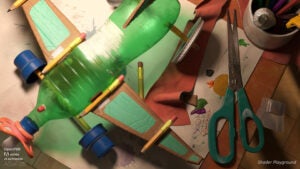
OpenPBR Shader Playground Final Scene; image credit: Nikie Monteleone
Created to illustrate a modern look-development approach, OpenPBR Shader Playground uses the recently released OpenPBR Surface, a surface shading model developed by Adobe and Autodesk that can serve as an industry standard for computer graphics. Designed as an über-shader, OpenPBR Surface aims to provide a material representation capable of accurately modeling the vast majority of CG materials used in practical visual effects and feature animation productions. OpenPBR Shader Playground utilizes configurations that highlight novel aspects of OpenPBR, such as new fuzz, metal, emission, volume, and thin-wall behaviors.
OpenPBR Shader Playground is expressed using OpenUSD, which references material networks composed of standard MaterialX and OpenPBR node definitions contained within MaterialX documents. The scene was originally created by Adobe in Autodesk Maya and converted to USD and MaterialX in Omniverse by NVIDIA. Renders were produced using Arnold for Maya and NVIDIA Omniverse. OpenPBR Shader Playground will be available on the DPEL site in the coming weeks.
AWS Airship
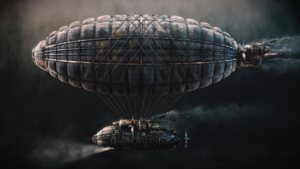
AWS Airship
A massive dirigible prominently featured in the short film Spanner, the AWS Airship Asset features high-resolution textures and materials, represented in Maya. The fully rigged and renderable airship was created by FuzzyPixel, AWS’s in-house team that tests the tools and services being developed for animation and visual effects studios. The AWS Airship asset is available for download here.
Interested in contributing content to DPEL? Fill out this form or reach out on the ASWF Slack via th #assets channel.

